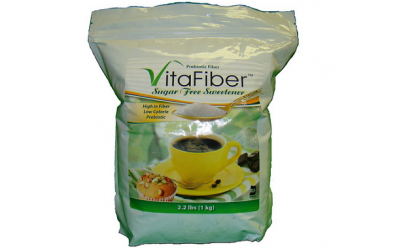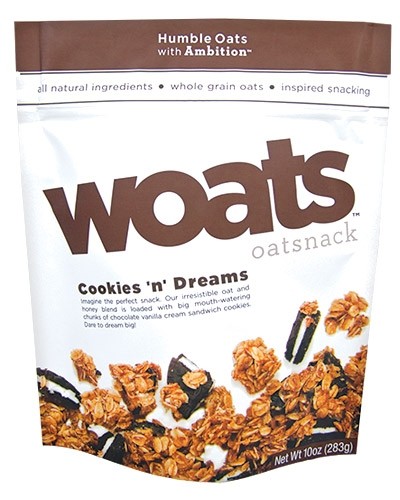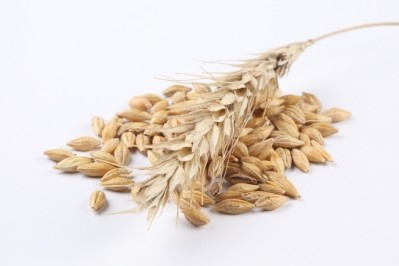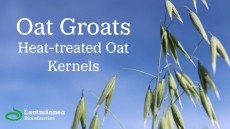Quaker looks to patent lower cost soluble oat fiber
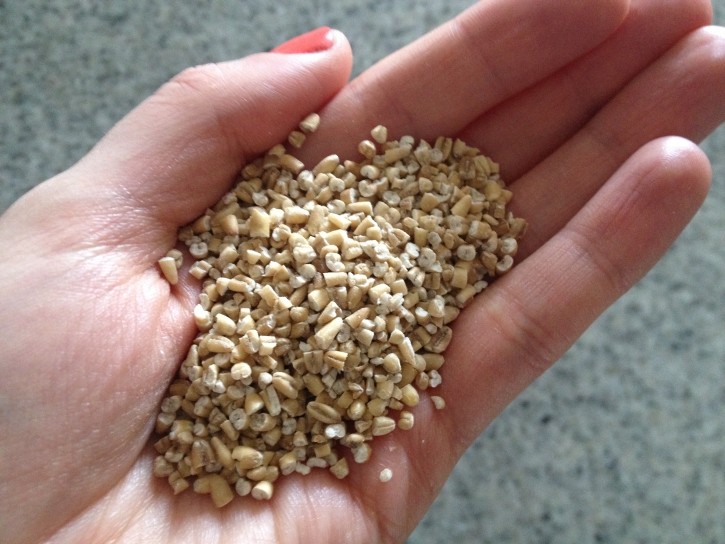
As consumers clamor for whole oats in more convenient forms such as beverages, bars and smoothies, PepsiCo’s Quaker Oats division seeks to patent a lower cost, more efficient process for producing soluble oat or barley flour that meets FDA health claims.
To meet the FDA threshold that justifies a health claim, a whole oat product must have 0.75 g soluble beta-glucan fiber per serving (the equivalent of about 18 g whole grain oats), which requires formulation with a highly soluble oat flour.
“Traditionally, highly soluble flour is prepared using enzymes such as α-amylase,” Quaker wrote in a patent application published on Feb. 2. “The enzyme-treated oat flour is then drum or spray dried. This method takes place in at least two steps and is traditionally expensive and produces soluble oat flour in low rates.”
Quaker’s patent-pending process, on the other hand, uses enzymes to precondition whole oat flour before extrusion.
To prepare the enzyme-treated oat flour, a mixture of whole oat (or barley) flour granulated sugar, maltodextrin (optional) and an antioxidant is combined with a suitable enzyme (such as α-amylase) and heated. After the flour has begun to break down and hydrolyze, the enzyme-treated mixture then undergoes low-shear extrusion to further break down the flour and gelatinize and cook the mixture.
“The process balances limiting the dough temperature to avoid too much cooked grain flavor and to keep the enzyme active and then increasing the temperature to deactivate the enzyme,” Quaker said.
The resulting ingredient can then be pelletized and granulated for inclusion in various products, such as ready-to-drink beverages, fruit juices, soft drinks, bars, cereals, smoothies, powdered beverages, cookies, crackers, ice cream and yogurt.
Soluble oat flour was invented by Robert Chatel, Yongsoo Chung and Justin French, and the patent was filed on Oct. 22, 2013.
It’s been two years since Quaker opened its cross-functional oat research and innovation center, dubbed the Quaker Oats Center of Excellence. The center aims to help Quaker formulators use the latest scientific research on oats to develop innovative oat-based products. While oat science has already revealed important benefits such as heart health and satiety, “we’ve only scratched the surface when it comes to the power of the oat and all it can do,” director Marianne O’Shea told FoodNavigator-USA in 2012.

